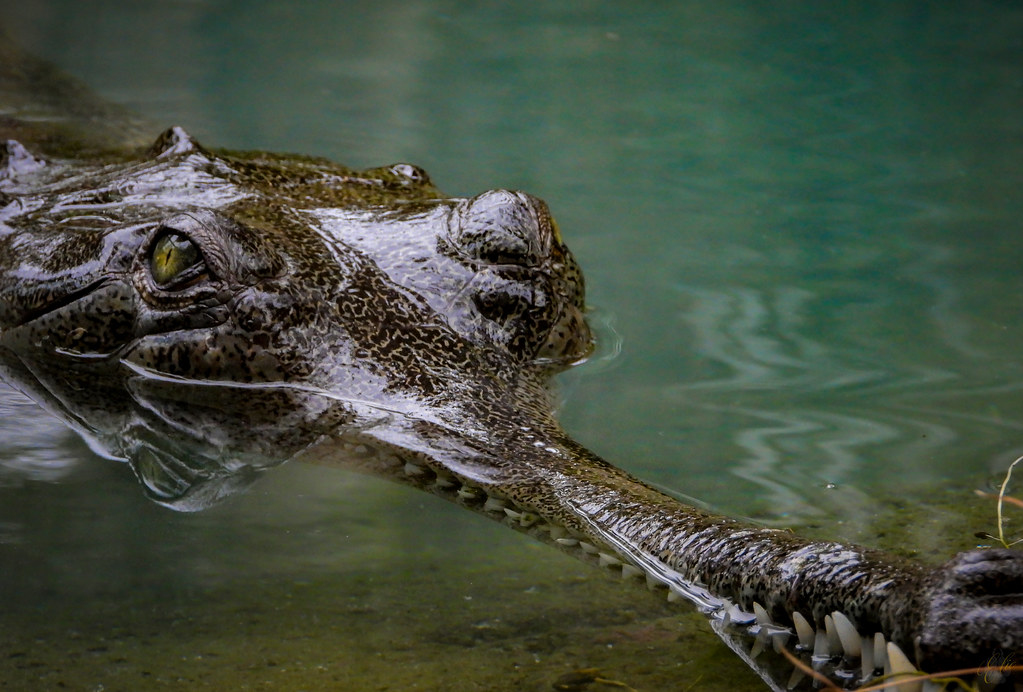5 ocean animals you haven’t heard of but still need help
By Maria Luisa Santana, Sea Smart Intern
The ocean has an uncountable number of marine animal species; crustaceans, corals, invertebrates, mammals, fishes, seabirds. The sea is a complex web where every animal and plant plays a vital role in keeping the ecosystem functioning correctly to maintain life and biodiversity. The extinction of a single plant or animal species may affect the whole biological system, in and out of the oceans since ocean animals' endangerment has unbalanced the ecosystem and, consequently, aggravated ecological issues.
We all know about species at risk like the Southern Resident Killer Whales or polar bears. Conservation biologists refer to these species as charismatic species because they receive the most attention in the media and often act as the face of conservation initiatives. While we must protect charismatic species, the oceans (and connected freshwater systems) are teeming with biodiversity and many less familiar species that are under threat.
Here are five examples of aquatic species that you may not have heard of but still play an essential role in the ecosystem and need our help!
Gharial
Gharials are the largest crocodiles in the world - they can grow up to 20 and a half feet. These reptiles are native to India's subcontinent and live in Southern and South-Eastern Asia. They eat mostly fish, and their mouths are very efficient "equipment" for fishing in the water. Unfortunately, less than 250 gharials remain in the wild, as they face many threats such as mining, the damaging of rivers, and the increase of agriculture and pollution.
White Abalone
White Abalones belong to a group of plant-eating marine snails found in Southern California and Mexico - they are slow-moving mollusks who feed on algae. They can grow up to 10 inches and have an oval-shaped shell that's very thin and deep. Abalones reproduce via broadcast spawning, which means that fertilization is only successful if males and females are close to each other when they spawn. White abalones are struggling to reproduce due to a scattered endangered population caused by rapid overharvesting.
Staghorn Coral
Staghorn Corals are one of the most important corals in the Caribbean. They have been playing a central role in the formation of the reefs for thousands of years. These beautiful colourful corals can be very small or large, and they often group to form colonies. They are found throughout the Bahamas and in Florida. Staghorn Corals can live for hundreds of years and provide habitat for many different marine life species, especially fish. The rise in sea temperature is the biggest threat that Staghorn Corals face, and they are very vulnerable to extreme weather changes and direct contact with humans through fishing and tourism.
Short-nosed Sea Snake
Also known as Sahul Reef snake, short-nosed sea snakes grow up to 60 cm long and have a relatively small head. They have a lifespan of 8-10 years and can spend up to two hours underwater before coming to the surface to breathe. These brown and purple creatures live on the reefs on the northern coast of Western Australia, and they shed their skin every two to six weeks. Unfortunately, these snakes' population is declining very fast due to the rise of seawater temperature. They have a low reproduction rate and are heavily affected by commercial fishing.
Humphead Wrasse
Humphead Wrasses are large coral reef fishes - they can grow up to 6 feet long and live over 30 years! They are found in the Indian and Pacific Oceans and are easily identified by the hump on their forehead and thick lips. These beautiful fishes are vulnerable to overfishing because they slowly reproduce. The Humphead Wrasse is one of the most expensive reef fishes in the world since they were historically eaten by royalty and now are an endangered species.
Here at Sea Smart we offer Ocean Defender online programs available for families with kids aged 8-13, where we teach about amazing ocean animals and the threats they face. We also offer school programs about marine animal species at risk and ocean conservation, including our Aquatic Species at Risk workshops!






